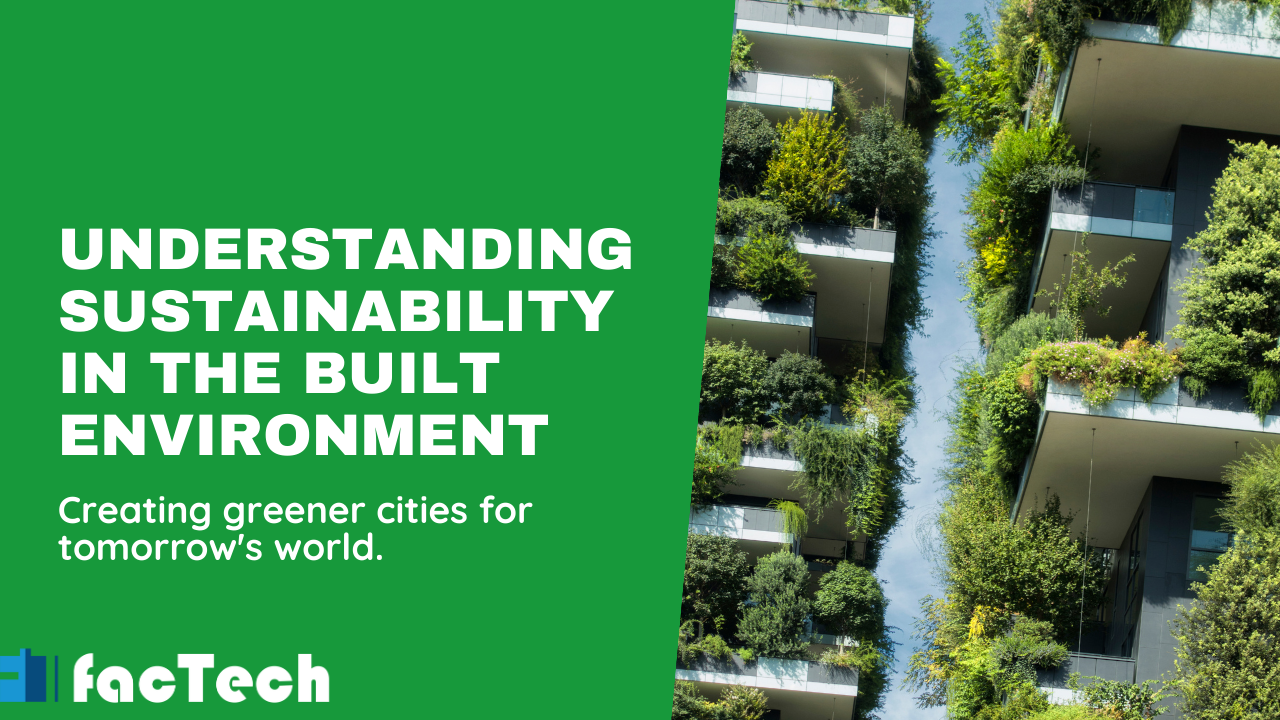Sustainability in-built environment
Sustainability in-built environment
The locations where we work, play, and reside have a significant effect on the earth. The built environment, which includes infrastructure and buildings, has a significant impact on resource use and greenhouse gas emissions. It does, nevertheless, also have a great deal of potential for improvement. We can design a constructed environment that safeguards the environment, improves human well-being, and promotes a vibrant society by adopting sustainability principles.
What then is the precise definition of a sustainable built environment?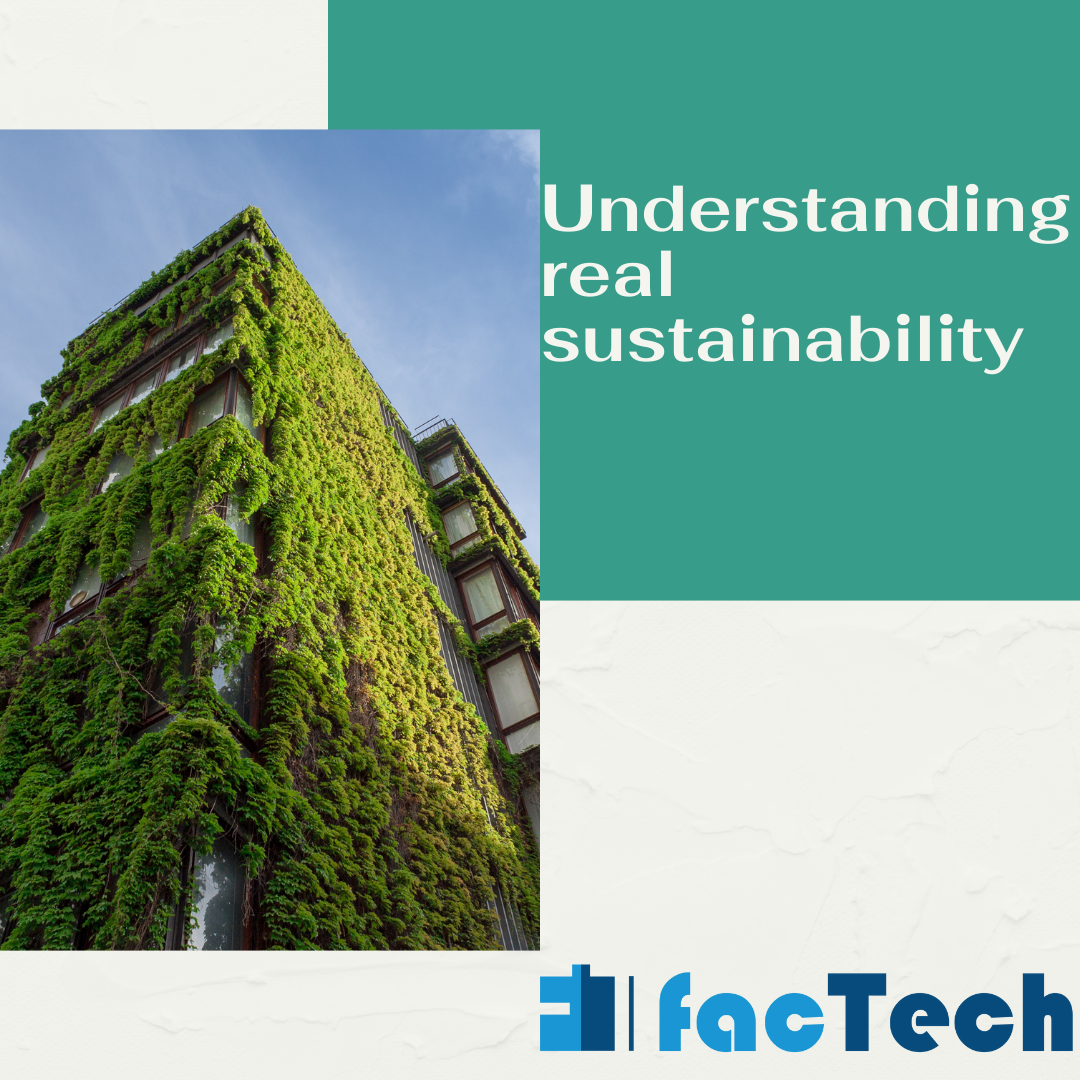
It’s a comprehensive method that takes into account every stage of a building or infrastructure project’s lifecycle, from the choice of building materials and construction to use and final demolition. The following are some essential components:
Efficiency of Resources:
By consuming less energy and minimizing their environmental impact, sustainable buildings and also consuming less water. Water-saving fixtures, smart building systems, and energy-efficient appliances can all help achieve this. Adding alternative energy sources, such as solar panels, also lessens the need for fossil fuels.
Sustainable Materials:
A structure’s sustainability is greatly impacted by the materials used in its construction. Transportation-related emissions are decreased by using locally produced or repurposed products. Superior life cycles are a common feature of sustainable materials, reducing waste and replacement demands.
Smart Design: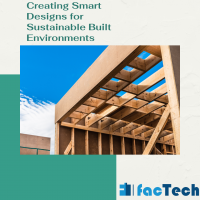
To reduce the need for continuous heating and cooling, architects and engineers are utilizing cutting-edge design approaches to develop buildings that are naturally warm or cold depending on the temperature. By maximizing natural light, daylighting techniques can further reduce energy usage.
Nature-Based Solutions:
There are several advantages to incorporating nature into the built environment. Building insulation, air quality improvement can provide habitat for wildlife.
Managing stormwater runoff and implementing permeable surfaces reduces flooding concerns. The number of existing trees remains same.
The Significance of Sustainable Facility Management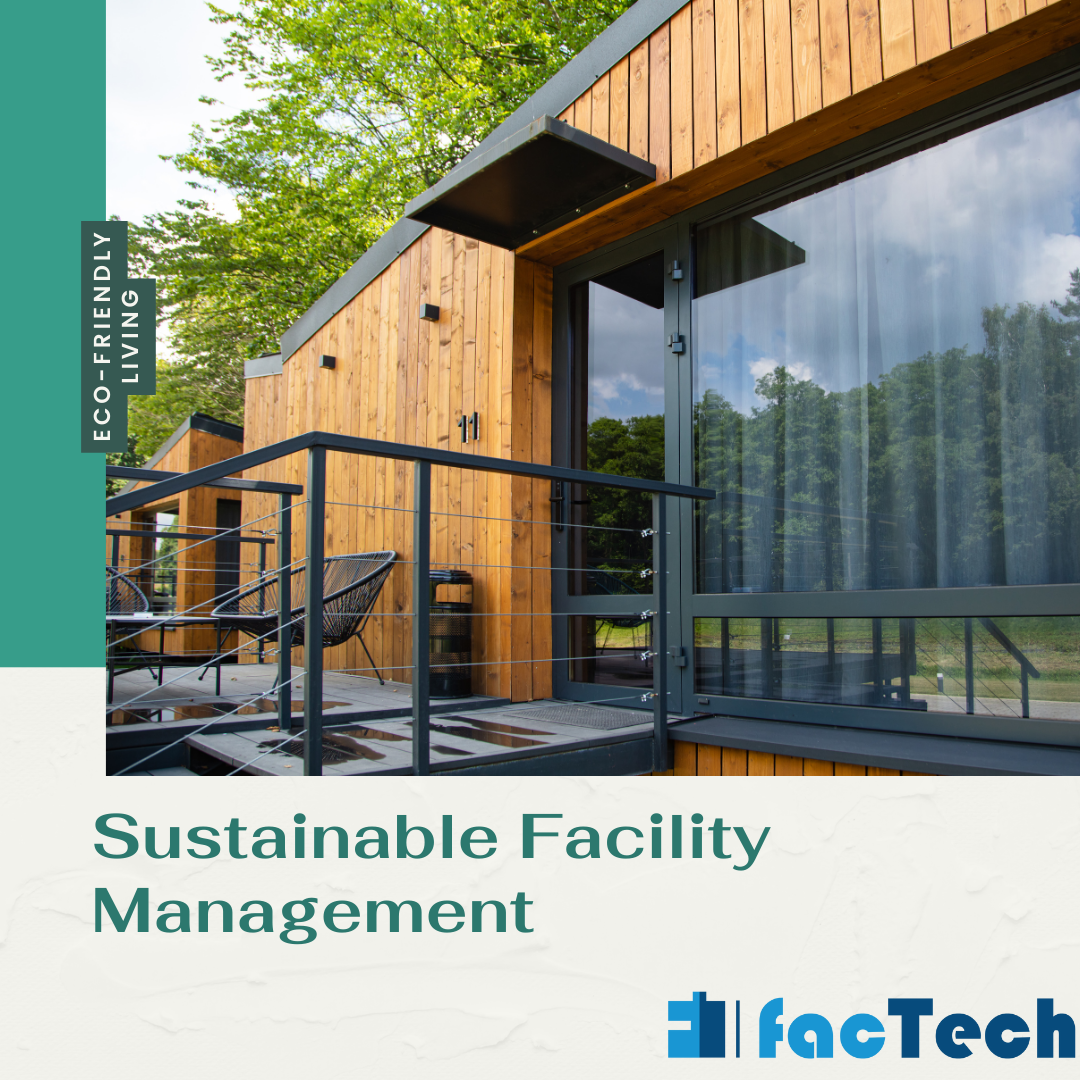
Sustainable facility management goes beyond being a fad. It’s a calculated strategy that incorporates resource-saving measures into a building’s regular operations. Facility managers can establish a win-win scenario by concentrating on the environmental, social, and economic factors:
Lessening of the Environmental Footprint:
Energy-efficient systems, water-saving methods, and ethical waste disposal strategies all contribute to decreased energy, water, and waste production. This results in a healthier earth and a reduced carbon impact.
Cost Savings:
Utility bills can be considerably lowered by using energy-efficient devices and practicing careful resource management. Furthermore, by extending the life of building materials and equipment, sustainable methods can further reduce expenses. Businesses are searching for more and more strategies to lessen their environmental effect in the modern world. However, a lot of businesses are unaware of the substantial cost reductions that may be achieved using sustainable facility management techniques.
A building or facility that minimizes its environmental impact while optimizing efficiency is managed using a holistic approach known as sustainable facility management. This may entail a range of actions, including:
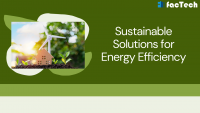 lowering energy use: Occupancy sensors, updating HVAC systems, and installing energy-efficient appliances and lighting uses lower energy as compared to their counterparts.
lowering energy use: Occupancy sensors, updating HVAC systems, and installing energy-efficient appliances and lighting uses lower energy as compared to their counterparts.
Water conservation: Low-flow fixtures, rainwater harvesting, and leak detection systems can all help to minimize water usage.
Minimizing waste: Recycling programs, composting initiatives, and limiting single-use items can all assist to divert garbage from landfills.
The undeniable long-term financial benefits after some upfront costs associated with implementing these practices are:
 Lower utility bills: By reducing energy and water consumption, facilities can see a significant decrease in their utility bills. Studies have shown that green buildings can use up to 25% less energy than traditional buildings.
Lower utility bills: By reducing energy and water consumption, facilities can see a significant decrease in their utility bills. Studies have shown that green buildings can use up to 25% less energy than traditional buildings.
Reduced maintenance costs: Sustainable practices often involve using higher-quality, more durable materials. This can lead to less frequent repairs and replacements, saving money in the long run.
Government incentives: Many governments offer tax breaks and other incentives for businesses that adopt sustainable practices.
Enhanced employee productivity: Studies have shown that employees who work in healthy and sustainable buildings are more productive and have lower absenteeism rates.
Improved brand image: Consumers are increasingly looking to do business with organizations dedicated to sustainability. A solid reputation for sustainability can draw in new clients and financiers.
Presenting the Argument for Sustainable FM
The financial benefits of sustainable facility management are evident. Businesses that put these strategies into practice can increase profits while simultaneously lessening their negative environmental effects. In a competitive marketplace, sustainable facility management is no longer just a feel-good initiative – it’s a smart business decision.
Examples of Cost Savings in Action
The University of California-Davis saves $120,000 in electricity each year by switching to LED lighting systems.
Buildings with LEED certification, such as the Empire State Building and Meta’s headquarters, save 25% on energy use and 19% on maintenance.
Businesses and the environment both benefit from sustainable facilities management. Businesses can cut costs and boost productivity by taking action to lessen their environmental effect.
Improved Occupant Well-Being:
Improving indoor air quality, thermal comfort, and natural lighting makes a building’s occupants healthier and more productive at work.
Better Brand Reputation:
Showing a dedication to sustainability appeals to employees and customers who care about the environment, which enhances brand recognition and draws in talent.
The Function of Building Facilities Management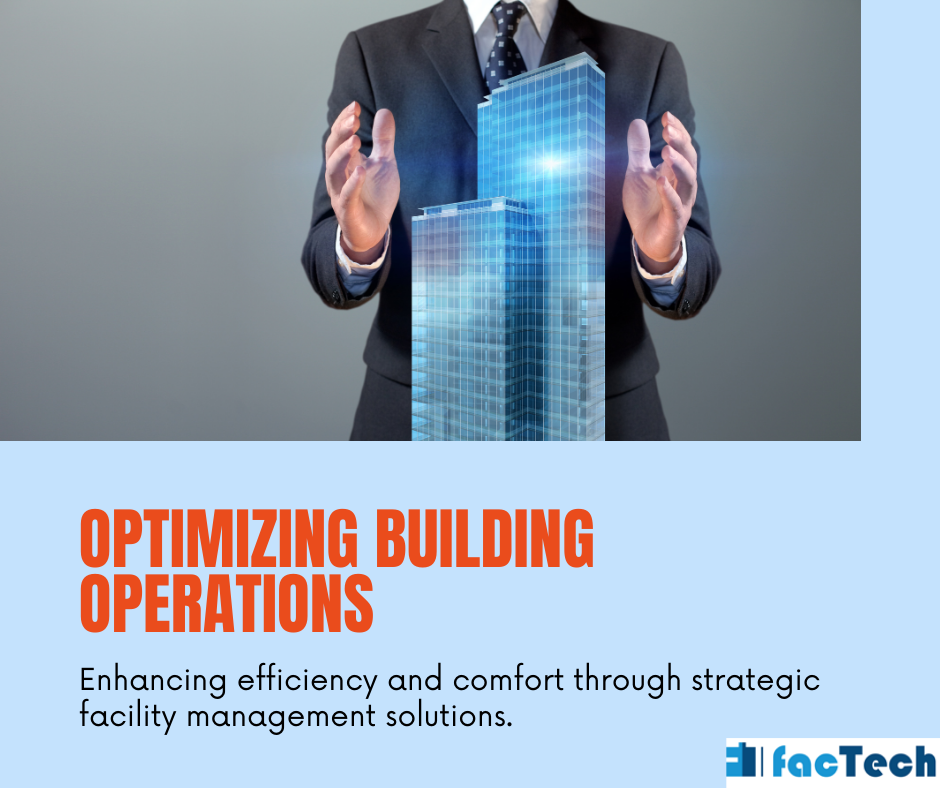
The core of operations for sustainable buildings is provided by green facility managers. They can promote green behaviors in the following ways:
Optimizing Energy Use:
Smart building technologies like building automation systems and occupancy sensors greatly decreases energy usage for heating, cooling, and lighting.
Water Conservation:
You may significantly reduce the amount of water you use by installing low-flow fixtures, collecting rainwater, and using water-efficient landscaping techniques.
Waste Management:
Putting in place strong recycling initiatives, composting organic waste, and making use of recycled materials have the potential to reduce waste production and encourage a circular economy.
Sustainable Procurement:
Building managers have the option to purchase energy-efficient appliances, ecologically friendly cleaning supplies, and recycled building materials.
Building Maintenance and Longevity: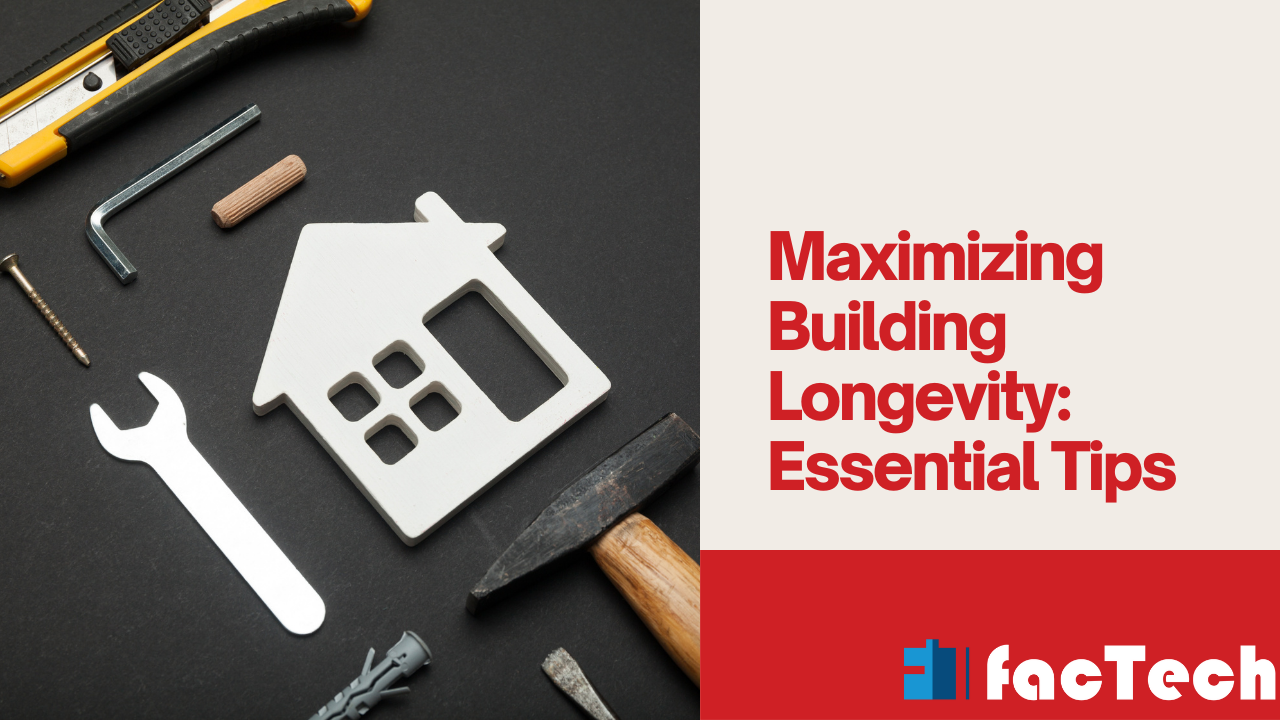
By extending the life of building materials and equipment, routine preventive maintenance lowers the need for replacements and their associated environmental impact.
There are advantages to building responsibly beyond the environment. Additionally, it enhances residents’ health and wellbeing. Buildings that use less energy frequently have better interior air quality and thermal comfort. Stress reduction and enhanced cognitive performance have been associated with access to natural light and green places.
Role of stakeholders:
Collaboration amongst diverse stakeholders is necessary to make the transition to a sustainable built environment. There are roles for customers, legislators, building businesses, engineers, and architects. Rewards for environmentally friendly construction procedures, financial support for the infrastructure needed for renewable energy, and consumer education are essential for broad adoption.
Building a sustainable future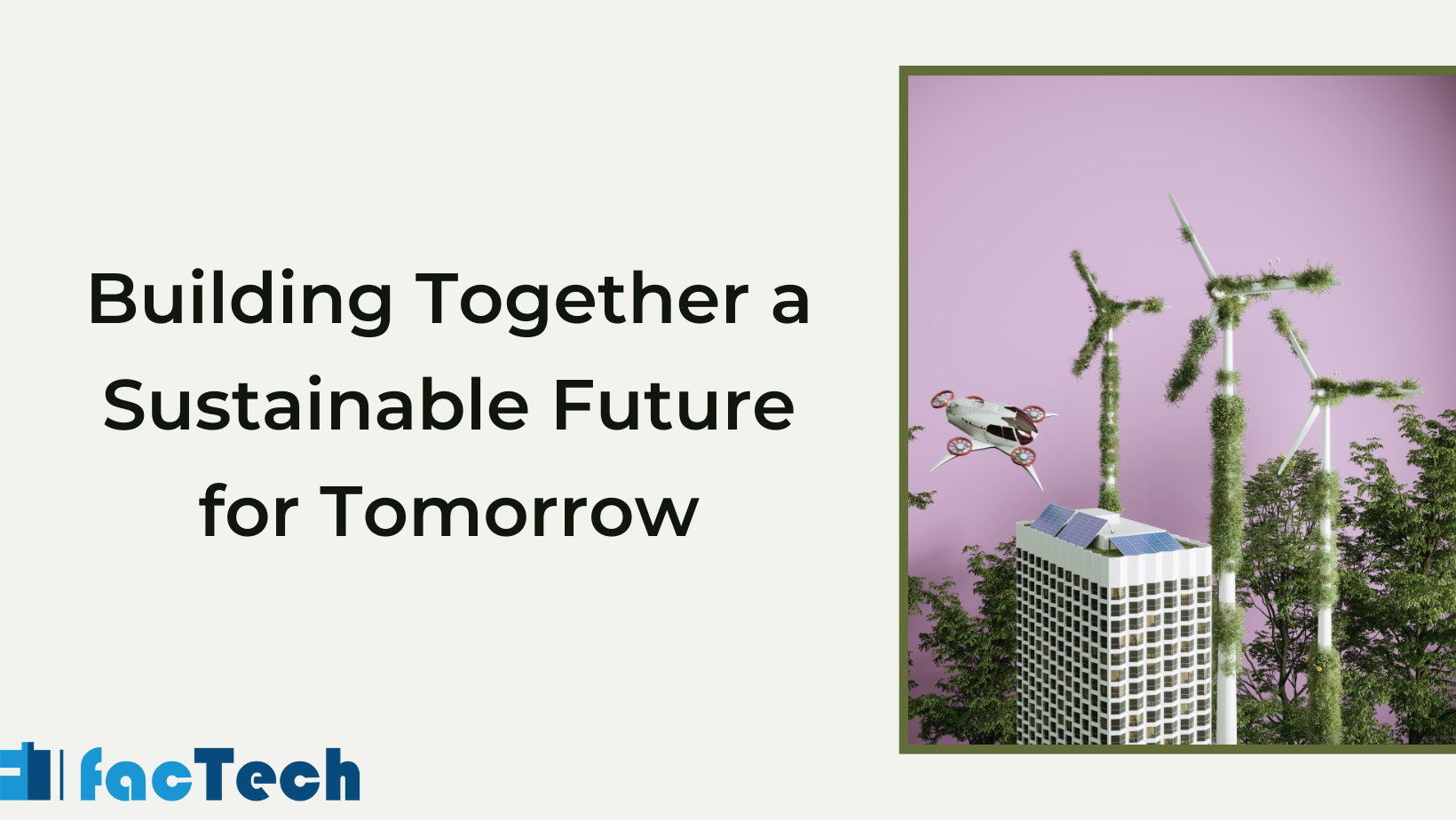
Our built environment is the first step toward creating a sustainable future. We can build a physical environment that sustains a healthy planet and a functioning society for future generations by embracing innovative design, using sustainable materials, and placing a high priority on resource efficiency.
FAQs
Why is sustainability crucial to the building industry?
Buildings utilize a lot of resources and are a major cause of pollution, resource depletion, and greenhouse gas emissions. Implementation of sustainable design and practices makes the living and working conditions very healthy.
How can I increase the sustainability of my current building?
There are numerous ways to increase an existing building’s sustainability. Among them are:
Retrofitting: Improving windows, appliances, and insulation to achieve higher energy efficiency.
Operational Changes: Making energy-saving adjustments to lighting and gadgets when not in use, among other things.
Water Efficiency Improvements: Leak repairs and low-flow fixture installation.
How can the location of a building support sustainability?
Selecting areas that are close to green spaces, walking facilities, and public transportation lessens dependency on automobiles and encourages healthy lifestyles.
What kind of materials are sustainable for building?
Throughout their existence, sustainable materials have a minimal influence on the environment. These could be:
Recycled Content: Made from garbage that has been processed after consumer or industrial use as a useful product.
Renewable Resources: Wood and bamboo, which grow or are obtained in a sustainable manner.
Locally Sourced: boosting regional economies and lowering emissions from transportation.
Low Embodied Carbon: Less energy is needed for production and transportation.
What are some methods for sustainable site development?
The natural environment is disturbed as little as possible during sustainable site development. This may entail reducing impermeable surfaces, employing native plants, and maintaining natural drainage patterns.
We can design a constructed environment that is beneficial to both people and the environment by taking these issues into account and putting sustainable practices into effect.
